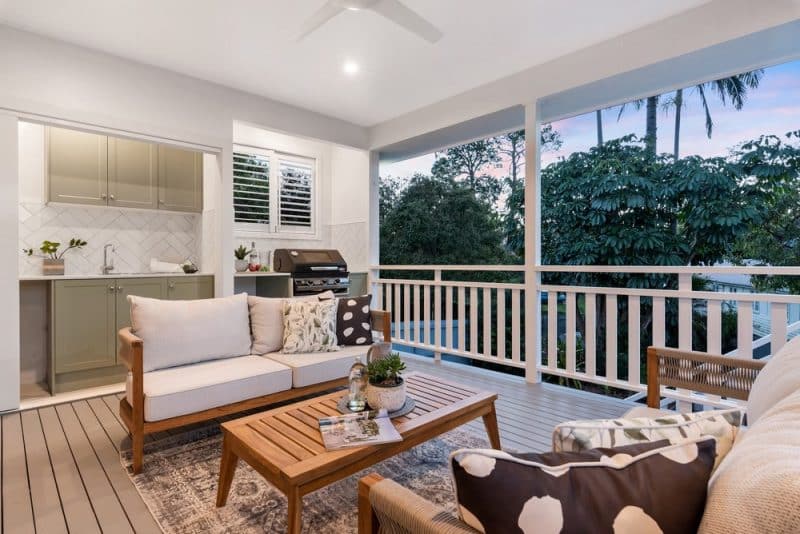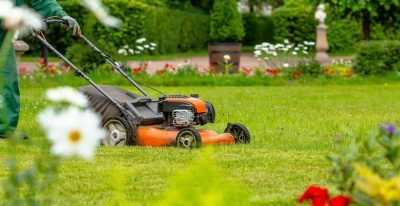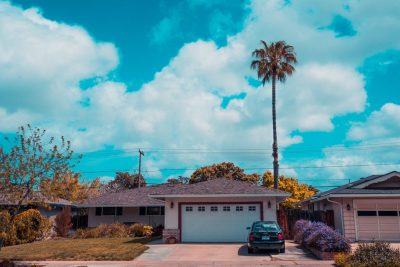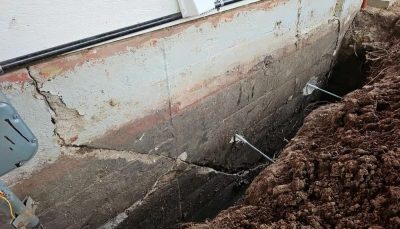
When a deck is not constructed by a qualified professional, it can pose serious risks. Conversely, a properly constructed deck can last for many years. Decks built by novices often fail to meet safety standards and building codes mandated by local authorities. Each year, people suffer injuries or fatalities due to falls from inadequately built decks or structural failures. Here are five key points to consider when inspecting your deck.
Inspect the Wood
Check multiple sections of your deck to verify the integrity of the wood. Focus on the ledger board, support posts, joists, deck floorboards, railings, and stairs. Look for small holes, sawdust, or wood dust, which can indicate insect damage or decay.
Pay close attention to areas frequently exposed to water, consistently damp, or in regular contact with fasteners. If the wood is soft or spongy, this could indicate decay. Inspect the wood for signs of mold or mildew, which can compromise the structural integrity and create health hazards. Additionally, ensure that the wood is properly sealed and stained to protect against weather damage and UV rays.
Examine the Lighting Fixtures
Proper lighting is crucial for deck safety. Ensure all lighting fixtures work, check for exposed wires or loose bulbs, and consider improving illumination for evening use. Look for deck lighting ideas that enhance both safety and the aesthetic value of your outdoor space.
Consider installing motion sensor lights to automatically illuminate the deck when someone steps onto it. Solar-powered lights are an eco-friendly option that can reduce electricity costs. Also, think about incorporating ambient lighting, such as string lights or lanterns, to create a cozy atmosphere for evening gatherings. Proper lighting not only increases safety but also extends the usability of your deck into the night.
Avoid Railing Breakdown
Deck railings serve both safety and style purposes. According to the International Association of Certified Home Inspectors (InterNACHI), railing failures are more common than complete deck collapses. Test the stability of your railing by applying pressure to detect any weaknesses.
Ensure your railing meets local building codes, typically requiring a height of 36 inches, though some areas may require 42 inches. Check the spacing between balusters to ensure it meets regulatory requirements, generally not exceeding 4 inches for horizontal sections and 4-3/8 inches for stairs. The triangular area formed by the stair tread, riser, and guardrail should not allow a 6-inch sphere to pass through.
Regularly tighten any loose screws or bolts on the railings to maintain their integrity. Consider using metal brackets or additional support posts for extra stability. For added safety, especially if children or elderly individuals use the deck, consider installing a second handrail or safety netting.
Materials
Homeowners have a variety of decking materials to choose from. Cedar is popular for its natural wood look, while pressure-treated lumber is a durable option. Exotic hardwoods like jarrah and ipe are also popular but more expensive. Synthetic decking offers greater durability and, despite its higher initial cost, may not be more expensive long-term than real wood.
Each material has its pros and cons. Cedar and redwood are naturally resistant to insects and rot but require regular maintenance. Pressure-treated wood is more affordable and durable but can warp over time. Composite materials are low-maintenance and long-lasting but may lack the natural appeal of real wood. Consider the climate in your area when choosing materials; for example, some materials perform better in humid or dry conditions. Always weigh the initial cost against the longevity and maintenance needs of the material.
Examine the Railings
Regularly inspect your deck’s railings for stability and security. Look for sturdiness, absence of substantial cracks, and signs of decay.
Ensure compliance with local building codes, which typically require a railing height of 36 inches, though some areas mandate 42 inches. Baluster spacing should not exceed 4 inches to prevent access by small children and pets.
Examine the connections between the railings and the deck structure. Ensure that all brackets and bolts are secure and not corroded. If you notice any wobbling or instability, address it immediately to prevent accidents. Adding decorative elements such as post caps or solar lights can enhance the look of your railings while providing additional safety features.
Endnote
While decks are a wonderful addition to any home, they can pose safety risks without regular inspection and maintenance. Given their exposure to extreme weather, an annual deck inspection is wise. By following these simple measures, homeowners can ensure their deck’s long-term safety and enjoyment.
Regular maintenance, such as cleaning the deck surface, re-staining or sealing the wood, and checking for pests, can significantly extend the life of your deck. Keep an eye out for any signs of wear and tear throughout the year, and address issues promptly. By staying vigilant and proactive, you can enjoy a safe, beautiful deck for many years to come.








